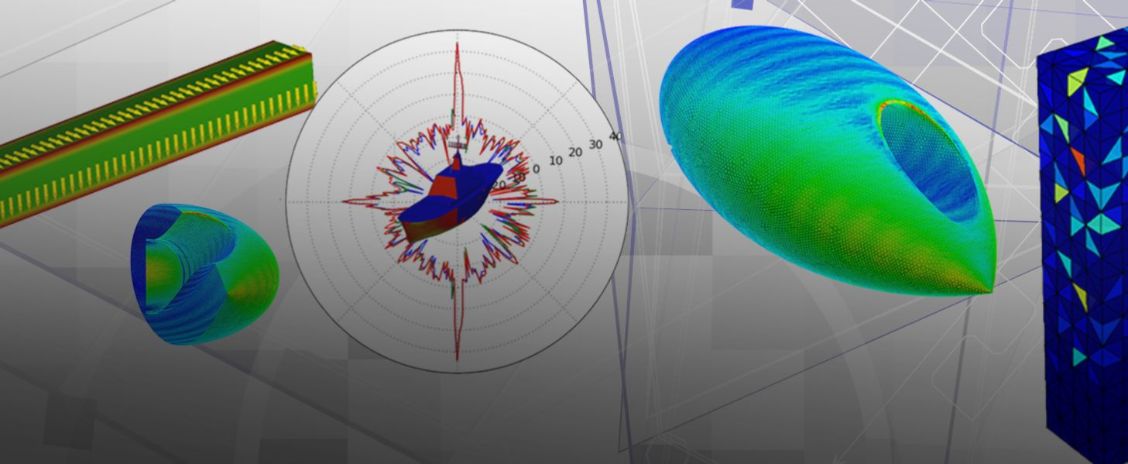CEMExpert - RCS Software

CEMExpert - RCS Software
CEMExpert is a software dedicated to the prediction of radar cross-section of aerial and naval targets. The software uses both the high-frequency asymptotic method (PO-PTD) as well as the full-wave equation solver (FVTD). A quick calculation is made possible by automated meshing, scripts for azimuthal scan and parallel processing. The software has been used for improving stealth performance of UAVs, for shape optimization of naval ships and RCS characterization of target missiles.
Software Features
- Radar Cross Section (RCS) prediction of aircraft, missiles and ships
- Multiple solvers like FVTD, PO-PTD and FDTD
- Software tested for 4 Billion mesh points
- Developing capabilities for Antenna and Waveguides
Use Cases
- UAV stealth characterization (RCS Prediction)
- Near field Radar Cross Section for missiles
- Ship RCS reduction by changing superstructure
- RCS of aircraft intakes
- Characterization of materials for effective scattering parameters
Aerial and Naval RCS Prediction
Automated Meshing
Azimuthal Scan
Shape Optimization
RCS Characterization
RCS Reduction
Radio waves suffer much less attenuation than visible light. Radar transmission reaches much farther and hence used for the detection of targets. Radar Cross Section (RCS) is the measure of how detectable a target object is by radar. The RCS of an object is influenced by several factors. These factors include material of construction, size of the object, and shape of the object. Typical RCS values for a bird is 0.01 sqm, for a human is 1 sqm., b. Combat aircraft are 10 sqm., c. ships are 1,000 sqm. Radar can clock the time to send and receive electromagnetic energy and hence not only detection, but ranging is also possible.
Metallic or conduction surfaces, when illuminated by a radar beam generates a sympathetic electromagnetic field on them. Thus, the illuminated surface becomes and acts as an antenna. This electromagnetic wave propagation & reflection are solved using Maxwell's equations. These equations are solved using the full-wave solvers. Different types of full-wave solvers are a. Method of Moments (MoM) b. Finite Element Method (FEM) and c. Finite Difference Time Domain (FDTD). Another method for RCS prediction of electrically large objects is Geometric Optics (GO). GO assumes a high-frequency limit with wavelength tending to zero. Physical Optics (PO) models scattering by classical ray-tracing technique & involved low-frequency scattering technique.